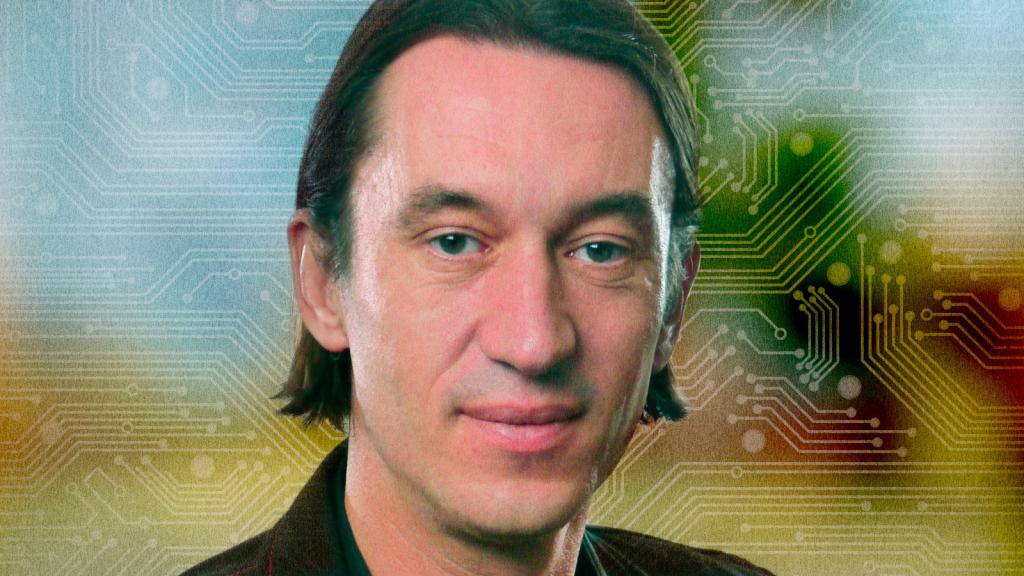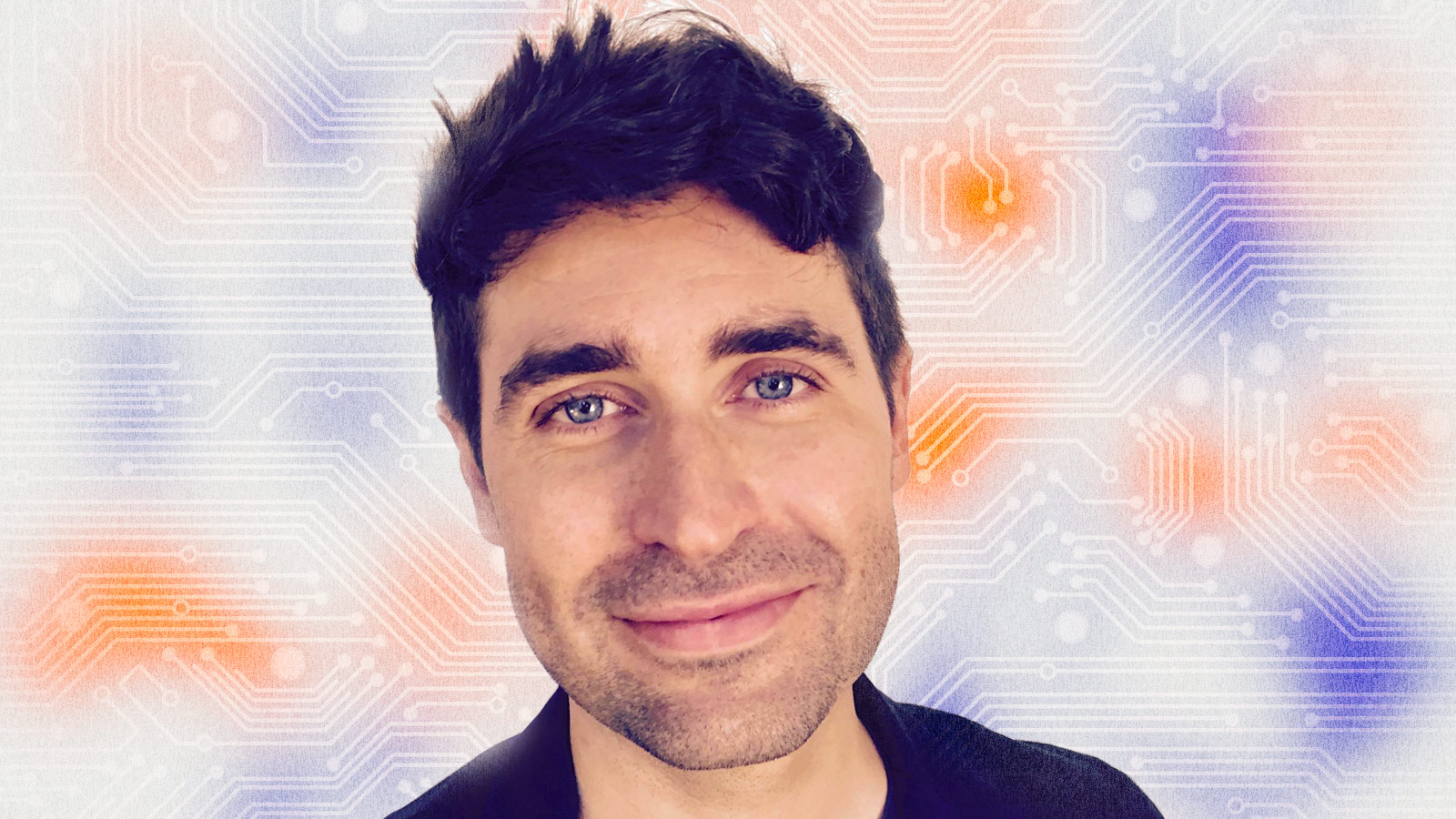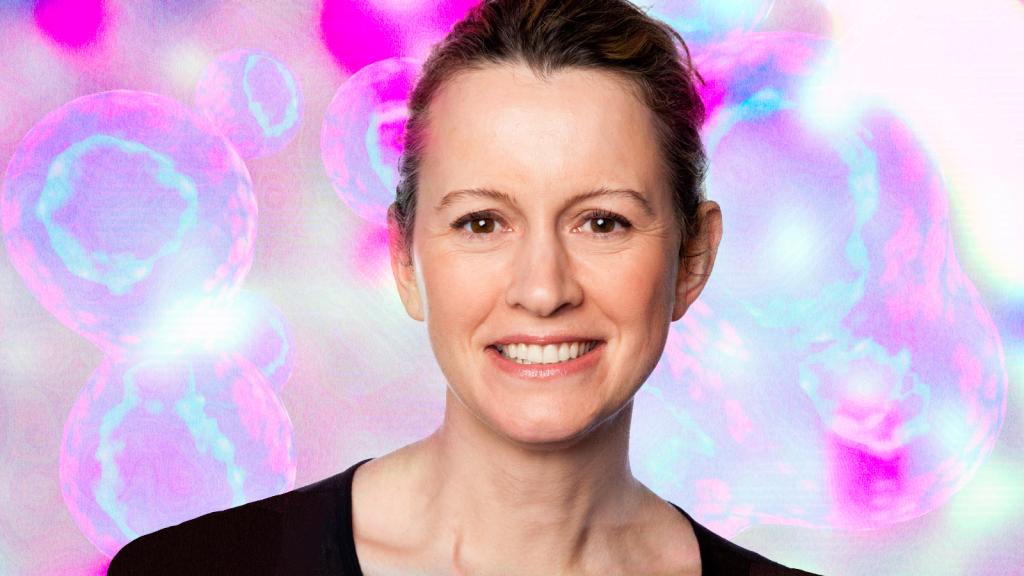Two hundred years from now, if humanity hasn’t succumbed to climate change, nuclear war, the technological singularity, or President Trump, then people will look back on this point in history and wonder what the hell we early-21st century boneheads were thinking.
Not because of Baconnaise or CrossFit (although, yes — those too), but because we have an incredibly powerful tool for sustainability right at our fingertips, and we don’t even realize it. In fact, you’re using it right now. It’s literally at your fingertips!
It’s the internet — that little old thing that has revolutionized almost every aspect of our lives in just a matter of decades. Most people use the web as a vehicle for communication, expression, and learning, but really, it’s a vast piece of infrastructure that we could be deploying in the fight for sustainability, right alongside solar panels and urban farms.
A 2013 study from a think tank that researches market-based solutions to climate change found that using internet-connected sensor networks (aka the Internet of Things — check out our video explainer here) to do things like match energy output with demand, improve the efficiency of internal heating systems, better regulate water use, and route vehicles around traffic could reduce annual greenhouse gas emissions by as much as nine gigatons by 2020. That’s the equivalent of the 2010 emissions of India and the U.S. combined.
What’s more, we can use the web to accelerate the adoption of clean energies like wind and solar by streamlining sales and installation and thus lower costs. And when we’re not stalking our exes or looking at food porn, we can create new web-based businesses — like Farmigo, Airbnb, and Zipcar — that encourage energy-saving peer-to-peer transactions (but watch out — even the sharing economy has its dark side). And at the risk of sounding like an IBM commercial, we can also use mobile devices, data analytics tools, and sensor technology to build behavior monitoring apps or other online tools that, for example, help farmers adapt to changing weather conditions.
[grist-related-series]
And the best part is, it’s much easier for people to take action via the web than, for example, the more hardware-oriented world of cleantech, which often requires advanced degrees, billion-dollar labs, and long-term investment.
“Anyone can write a behavior change app … well, pretty much anyone.”
That’s data scientist and web researcher Jack Townsend. He’s one of a growing number of cleanweb enthusiasts who think the internet will play a key role in our high-tech, sustainable future.
Townsend started thinking about the cleanweb while working at a London-based company that builds websites to help financial traders trade. The job taught him just how powerful online tools had become for things like data analytics, modeling, and behavior change. They were “revolutionizing everything you threw at them,” Townsend says. And yet, Townsend noticed, people weren’t really throwing them at one of the single biggest problems facing humanity: climate change.
And so Townsend decided to go to graduate school at the University of Southampton to answer one simple question: “What do these two things — this web revolution and the sustainability crisis — have to do with each other?”
He began by combing through CrunchBase, the go-to online database for digital start-ups, and picking out the roughly 500 companies that were doing work related to sustainability. He then spent the next five years analyzing what they do and how they do it.
By giving some definition and clarity to the otherwise abstract concept of the cleanweb, Townsend says, he hoped to make this internet-based approach to sustainability a more established method of action.
“That consciousness of what [the cleanweb] is and what its structure is allows a community to form around it,” he says. “The different actors are able to coordinate — whether that’s policymakers, whether that’s investors, whether that’s entrepreneurs, or whether it’s employees who are looking for a job, they’re able to say: ‘Well, this is the sort of organization I want to invest in, this is the organization I want to support with my policies, this is the sort of organization I’d like to be employed by.’”
While Townsend was working on his PhD, he also became one of the organizers of Cleanweb U.K., a regular meetup in London open to anyone who’s curious about the ways in which we could use the web to fight climate change.
Topics of discussion at these gatherings tend to vary widely, from food systems and smart cities to data science and app building. Scroll through the Cleanweb U.K. YouTube page, and you’ll find dozens of videos with titles like “Can Open Data save the planet?,” “A blueprint for personal carbon trading,” and “Christmas trees and wind turbines” — a testament, really, to just how many opportunities there are for web-based climate change action.
Townsend says that the group tries to attract people from both the sustainability world and the tech world, but attendees tend to skew in one direction — mostly “well-meaning” entrepreneurs, web developers, and web designers looking to make a difference. “It’s much easier to find techies who are excited about being green than it is to find greenies who are excited about tech,” Townsend says.
This may be in part due to some greenies just not recognizing the power and importance of digital technologies, he says. And that, in turn, could have something to do with the fact that digital infrastructure — sensor networks, computers, data centers, etc. — are part of the very thing that put us in this predicament in the first place — that is, rampant technological progress.
“I don’t think digital systems are good for the environment,” Townsend says, laughing. “I’d be pretty surprised if they were.” But at the same time, these systems exist and will continue exist, he says, so people who care about the environment might as well benefit from them as much as people from, say, the financial world.
“People seem to always be trying to answer the question: Is this technology good, or what is the overall effect of this technology? I don’t think that question is particularly interesting. I think the much more interesting question is: OK, it is what it is, how do we use it as effectively as possible?”
The result of Townsend’s graduate work, which he just finished this fall, was largely an attempt to answer this question. He calls it a “digital taxonomy,” and it’s available — where else? — on the web.
Like any good piece of doctoral research, Townsend’s digital taxonomy is a bit dense, but it’s basically a matrix that lays out every type of web-based effort to affect change, based on who or what it’s targeting and the effort’s desired impact.
For example, if a company is selling internet-connected thermostats that can adjust their own settings, then the company’s target is a machine (the thermostat), and its goal is an action (reducing energy use). A website that allows people to track their carbon emissions, by contrast, targets people and promotes assessment. Grist, likewise, targets people, but its goal is to promote communication and awareness.
Earlier this summer, Townsend presented his taxonomy at a Cleanweb U.K. meetup, inviting comments and input from the group. Looking forward, he says that he hopes the cleanweb community grows both geographically and in number and that interested parties from the entrepreneurial, academic, and corporate worlds sign on. Already, two startups have emerged out of the Cleanweb U.K. community, including Open Utility, a company that aims to “democratize and decarbonize the U.K. energy industry” by creating an online market for peer-to-peer renewable energy trading.
There are cleanweb meetups happening all over the world — New York, California, Barcelona, Beijing, Ukraine, Scotland — but the U.K. group is one of the largest, with about 1,000 people on the mailing list, Townsend says.
Maybe someday, when techies and greenies both wake up to the internet’s role in sustainability, we’ll get the cleanweb equivalent of Snapchat — whatever that may be — and save face in the eyes of future generations. On second thought, it’s probably too late.



